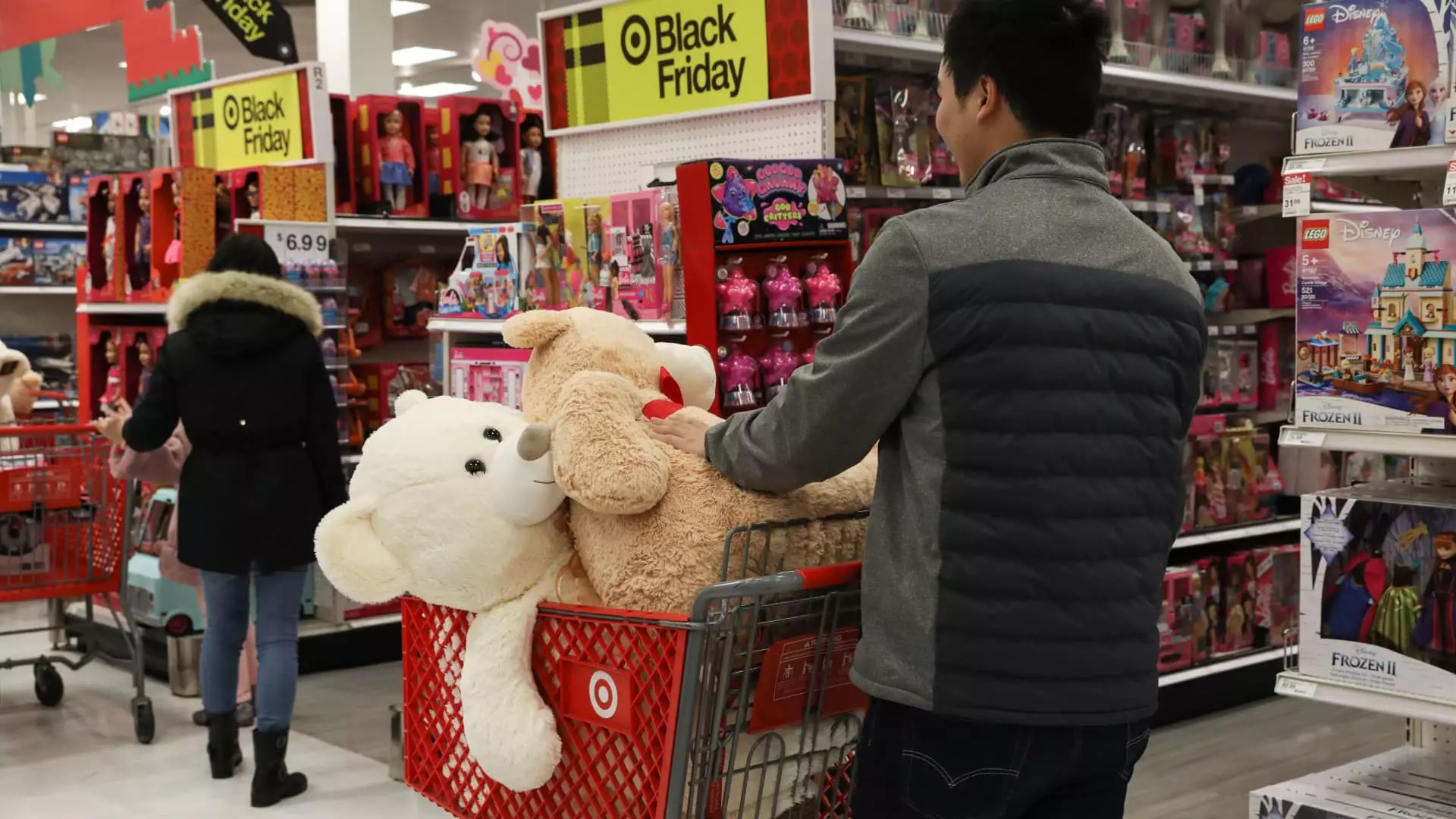The world of toys, a sector that is supposed to spark joy and creativity in children, is about to undergo a dramatic transformation that could leave many families struggling. President Donald Trump’s recent expansion of tariffs—specifically a staggering 54% on Chinese goods and an equally alarming 46% on products from Vietnam—stands as the catalyst for this impending crisis. These changes are more than mere numbers; they represent a political maneuver that leaves consumers carrying the financial burden. The implications are clear: toys, a staple of childhood, will soon become luxury items for many.
With nearly 77% of toys imported into the United States sourced from China, the stakes are extraordinarily high. Families that rely on these affordable playthings may soon find themselves priced out of the market. This situation is exacerbated by the fact that those on the lower rungs of the economic ladder will be disproportionately affected. It’s ironic that toys, symbols of enjoyment and innocence, will soon become markers of financial strain. Industry experts like Greg Ahearn, President and CEO of The Toy Association, have sounded the alarm, stating that the toy sector is in “scramble mode.” This scramble signifies a desperate reaction to protect the product lines while simultaneously safeguarding consumer interests, albeit a nearly impossible task given the enormity of the price hikes.
Manufacturing Illusions: The Disruption of Global Supply Chains
For decades, U.S. toy companies built relationships with manufacturers in China and, more recently, Vietnam. This reliance has been strategic, as these countries provide a low-cost manufacturing environment crucial for delivering toys at competitive prices. However, the recent tariffs have shattered the illusion of stability within these global supply chains. Faced with unprecedented duties, companies are left in turmoil, scrambling to either renegotiate contracts or pivot to alternative locations such as Indonesia or India—both of which have also been hit with significant tariffs, making the entire strategy more complex and costly.
Curtis McGill, co-founder of Hey Buddy Hey Pal, articulated a more optimistic viewpoint regarding Vietnam. He expressed a belief that negotiations might be simpler with the Vietnamese government compared to China. While this perspective is understandable, the reality remains that any negotiations do not eliminate the immediate financial pressure on toy manufacturers. The supply chain is now a minefield, and brands like Hasbro and Mattel are left to navigate a labyrinth of costs that were unforeseeable just months ago. The expected price hikes could not only cripple toy companies but could also change consumer buying behaviors. If families opt for fewer toys, the ripple effect on both the economy and employment will be profound.
Wall Street’s Verdict: Investors Brace for Turbulence
While the focus is often on how tariffs affect consumers, Wall Street is also reacting sharply to these developments. Companies like Mattel and Hasbro have already felt the brunt of negative investor sentiment; their stock prices plunged dramatically following the tariff announcements. With shares dropping 16.5% and 12% respectively, it becomes evident that investors lack faith in the toy industry’s resilience in the face of these unprecedented economic challenges. The possibility of reaching a tipping point—where companies either drastically increase prices, limit production, or even shutter operations—is a worrying trend that shouldn’t be overlooked.
The analysts speculating on these outcomes have pointed out that while cost-cutting measures may offer some reprieve, neither consumers nor manufacturers are likely to emerge unscathed. Price increases of 35% to 50% are not just foreseeable—they are now part of the grim reality. The ramifications will extend beyond mere toys; they highlight a larger sentiment in the economy that suggests fragility amid political turmoil.
Children’s Joy at Stake: A Call for Action
As the toy industry braces for an inevitable period of upheaval, it’s crucial to recognize the cultural implications. Toys are not just products; they are fundamental elements in the developmental landscape of children. When toys become luxury items, the barriers to creative expression and imaginative play widen, and it becomes a socio-economic issue that reflects societal inequities. Families already struggling with budgets will have even less access to these critical developmental tools, further perpetuating a cycle of disadvantage.
In the end, what began as a political brawl over tariffs threatens to steal joy from a staple of childhood—laughter and play. The irony is striking: a war fought on economic grounds is ironically wounding the very consumers it purports to protect. The time is ripe for both consumers and policymakers to reassess priorities and seek avenues for resolution, lest we allow the price of play to escalate out of reach, threatening not just the toy industry but the experiences and memories that shape early childhood.

